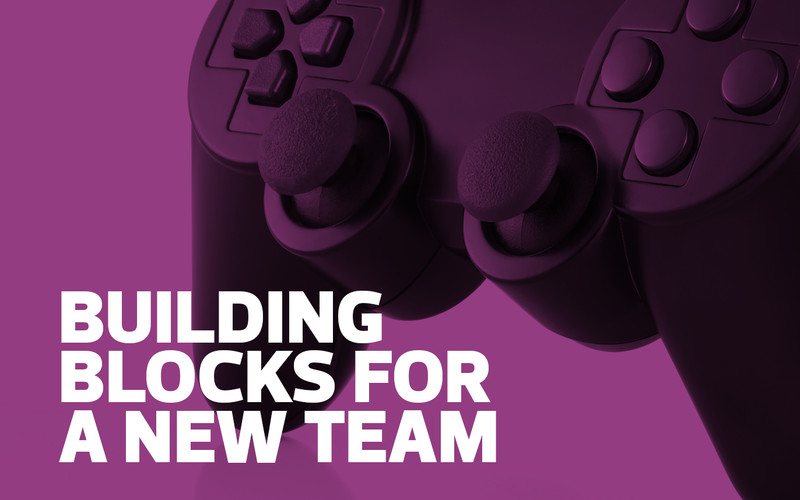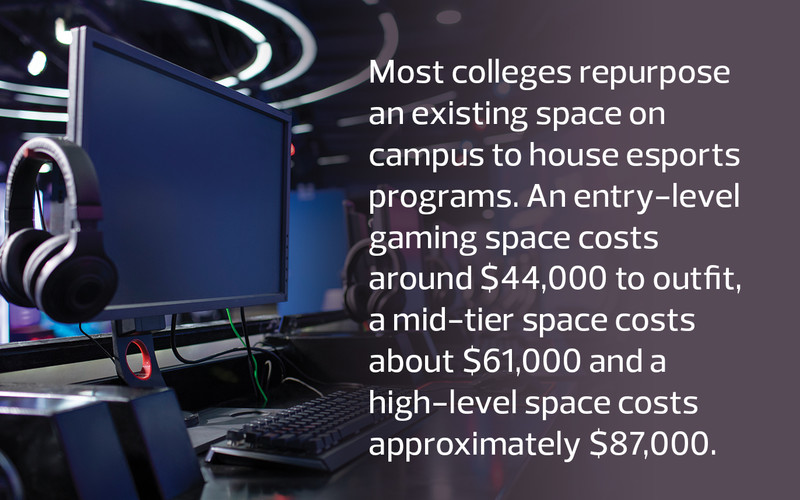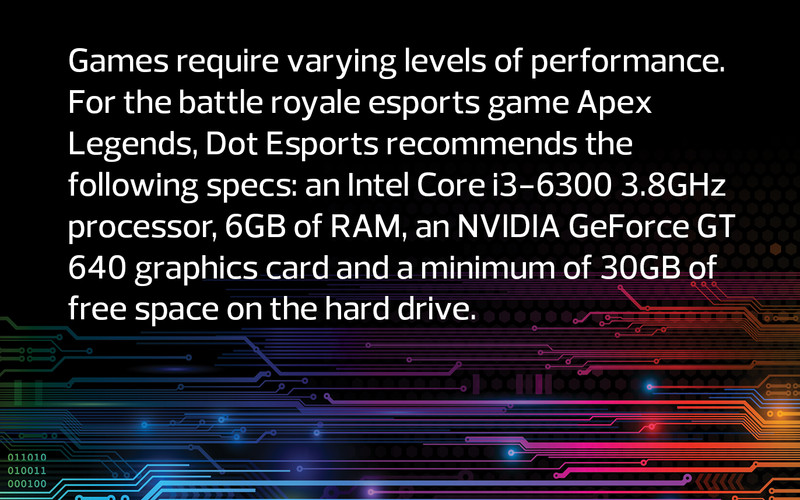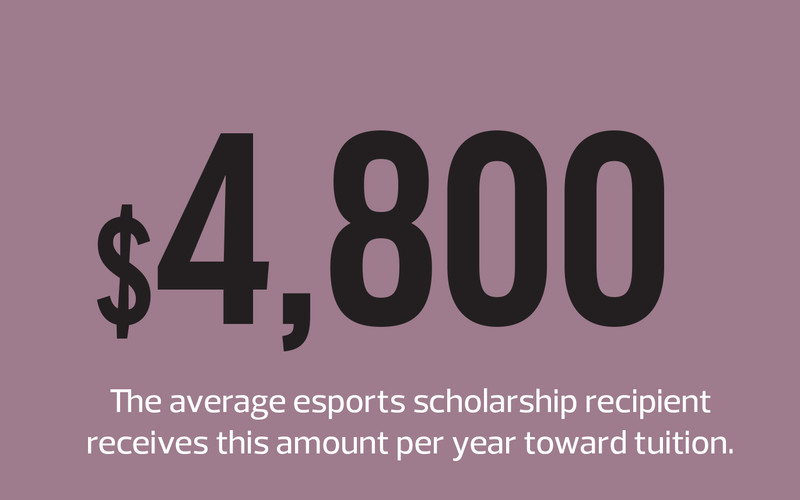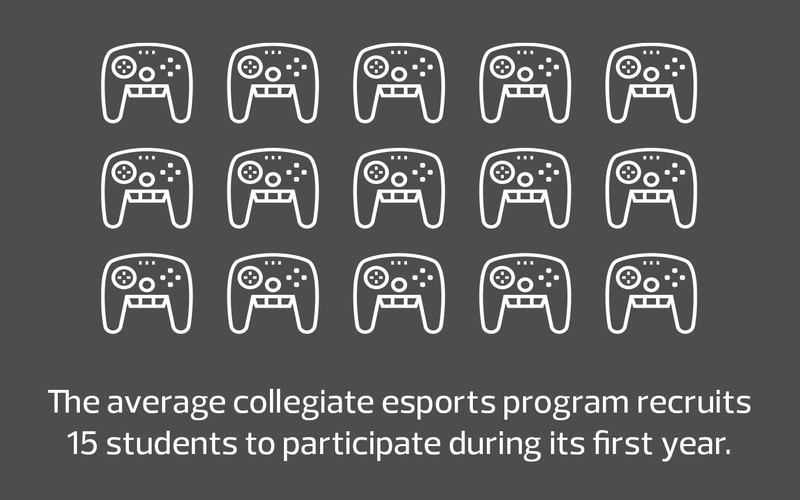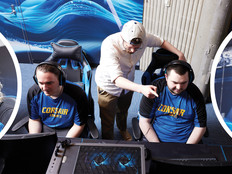Adam Caylor and Connor Alne fast-tracked a varsity esports program at Ottawa University. Photography by: Ryan Nicholson.
By now, the word is out on esports. More than 175 institutions belong to the National Association of Collegiate Esports, representing more than 4,500 student-athletes who have received $16 million in esports scholarships and aid.
While esports was a niche campus activity a couple of years ago, it has grown rapidly, driven by student interest and administrators who see it as a potential recruitment tool.
“I get calls from schools weekly saying, ‘Our competitor 20 minutes down the road just added esports, and we’re losing students to that school,’” says Victoria Horsley, NACE marketing manager. “We’ve kind of hit a critical mass.”
But grasping the concept is one thing; putting it into action in a matter of months is another. Here’s how three colleges have rapidly built up and scaled their esports programs.
MORE FROM EDTECH: Check out how esports can improve STEM equity among higher education students.
Esports Recruits Expect More from Facilities and Equipment
Ottawa University wanted to outfit an early-1900s theater building with audiovisual and gaming equipment to host tournaments, opting for lighting and wireless solutions that could also accommodate theatrical productions. In the meantime, Alne and Adam Caylor (now Ottawa’s director of technical, user and esports operations) scoped out esports equipment.
“I think a lot of universities have someone who says, ‘Let’s just put them in the computer lab,” Caylor says. “We said, ‘No, we need gaming-specific computers.’”
Partnering with CDW, Horizon AVL and eSports Integration, Ottawa ultimately deployed 24 machines with Intel Core i5-9600K processors and NVIDIA GeForce RTX 2060 graphics cards, along with 144-hertz, 24-inch gaming monitors from BenQ and peripherals such as headsets and keyboards.
Alne says he planned the build around the requirements of Overwatch, the most resource-intensive game in which Ottawa students will compete.
“We were going off the most economic build that would still be able to run the games we selected for probably the next three years,” says Alne.







